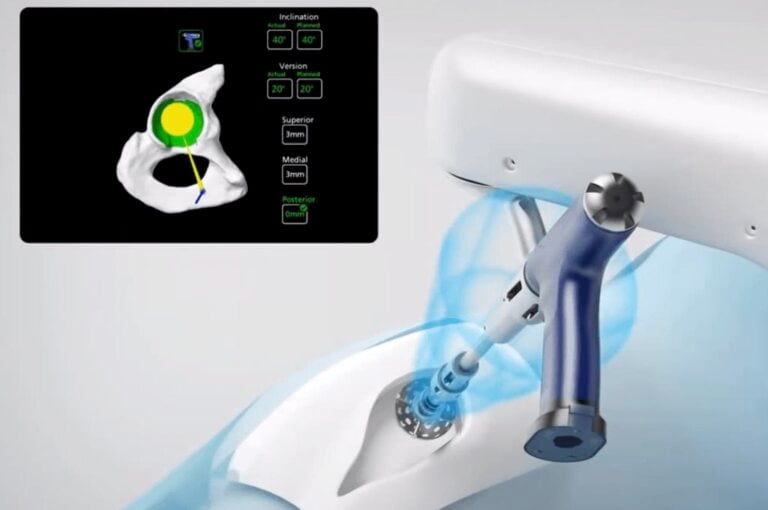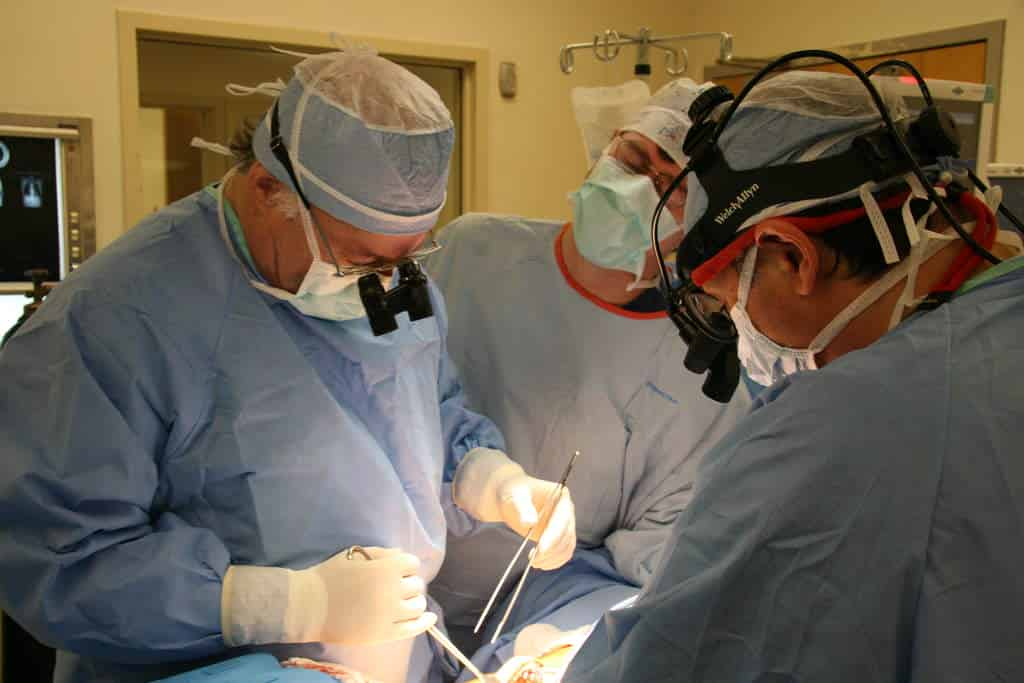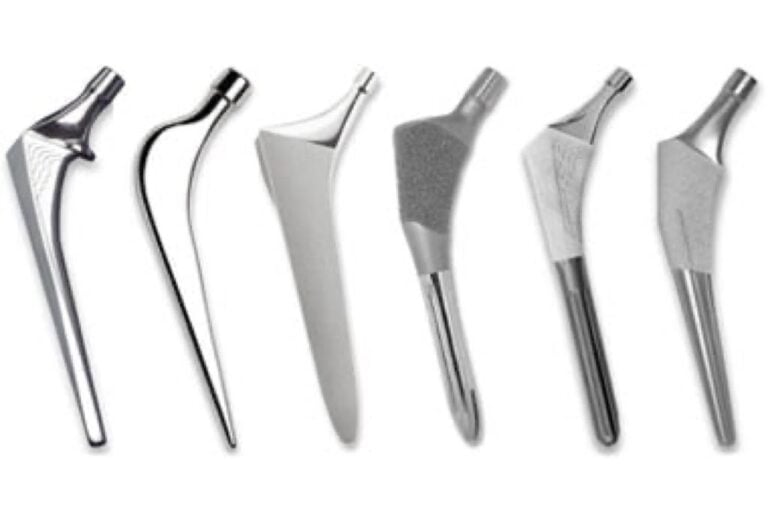Improvements in technique and surgical instrumentation allow today’s surgeons to insert prosthetic hip and knee joints using shorter skin cuts with less surgical trauma, resulting in fewer days spent in the hospital, smaller scars and shorter rehabilitation. These most recent trends in hip replacement surgery focus on improved rehabilitation and pain management to accelerate post-surgery recovery. Employing new surgical techniques to reduce the size of the incision and damage to soft tissue has been the primary advance toward this goal. These techniques are known as MIS or Minimally Invasive Surgery.
While the implants used for the minimally invasive hip replacement procedures are the same as those used in conventional procedures, surgeons do use specially designed instruments.
The surgical procedure itself is very similar with slightly less soft-tissue dissection. A single minimally invasive hip incision may measure only 3 to 6 inches. Comparatively, two-incision hip replacement involves a 2- to 3-inch incision over the groin for placement of the socket and a 1- to 2-inch incision over the buttock for placement of the stem.
Although the general idea of hip replacement is the same today as it was decades ago, we now have better implants, improved instruments, computer navigation technology and robotics, and vastly improved anesthesia techniques that have radically changed joint replacement surgery.
Despite these improvements, it is still important to choose the right MIS surgeon. In experienced hands, these procedures have superb short term outcomes, with faster recovery, less pain, and shorter down time. But not all surgeons can deliver these results.
With limited visibility afforded to the surgeon, MIS techniques can carry a risk of increased complications including sub-optimal implant placement. Optimally placed implants trump a fast recovery time when it comes to long-term success. If your surgeon has particular interest, training, and experience in MIS hip replacement, you may consider the technique. If not, it is best to let your surgeon stick with traditional techniques, despite the longer recovery time.
You should research the issue, ask questions, speak with your surgeon, and carefully weigh your options before making a decision. In the years to come, implants, surgeons, and techniques will change ever faster, delivering more benefits (with associated risk), more promise, and ultimately better outcomes to hip replacement patients.
For more in depth information about MIS for Hip Replacement see Minimially Invasive Hip Replacement Approaches & Procedures.
image credit: isox4






